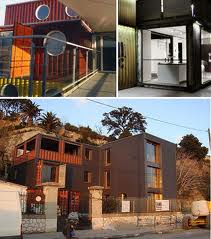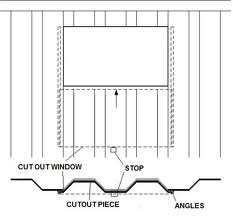 Codex Box? Shipping Container Homes-
Codex Box? Shipping Container Homes-
Ok you are here for information on “Codex Box”. The reality is I had never heard of a codex box until I started getting into Shipping Container Homes. In most instances a Codex Box is another name for a Shipping Container. Just like the regular shipping container they are modular. Meaning they are uniform in sizes and weights. It appears that the term “Codex Box” is a conjunction of container express box. That only makes since.
Codex Box-shipping container homes start-
Codex Box homes and Shipping Container Homes came out of necessity. Ports all over the world began seeing stacks and stock piles of a banded Codex Boxes. So what do you do with them?
The first idea was to sell them to scrap yards. This is a good idea until the price of steel took a dive. So as people do they started thinking of what they could do to increase the value of the codex box. Never discount the ingenuity of people. Out of necessity ideas happen.
The first idea of turning a codex box into a habitable home probably came from the back roads somewhere. I don’t know of how many shipping containers I have seen going through the back roads. It seems that rural areas have had ideas on how to re-purpose codex boxes for as long as they have been in existence.
Codex Box Homes- Why?
Think about it for a minute. People have been living in modular dwellings (homes) since the turn of they last century. Certainly codex boxes meat the same definition of a module. Now lets look at some of the finer points of having a codex box as a home…
- Codex Boxes are very inexpensive. They cost less that the steel is worth that they are made of. Usually about a $1.00 buck a pound.
- Easy to transfer. The 2 most popular sizes 8×40 and 8×20 can be transported by any semi with a container truck (container truck-portable wheels)
- Instant dry shelter- From the moment the codex box is dropped on the ground you have instant shelter from the elements. It does not matter if you are in the snowy north or the desert.
- No permits to get started. In the states you will have to get a permit for “permanent” electric. In a pinch you can live off a temporary power pole. If you are in an area of survival, a generator works fine be it gas, wind, solar, or magnet.
- Ease of adding on. By it’s very definition it is “modular” so you can ad to your codex box as desired. You are not restricted to just horizontal. Multi story homes are becoming the norm.
- No limitations. There is certainly no limitation of possibilities of architectural designs for the interior or exterior of your codex box.
Codex Box Homes- Go for it
Like I said at the beginning of this article, Codex Boxes are the same as Shipping Containers. That means anything you can do with a shipping container you can also do with a codex box!



